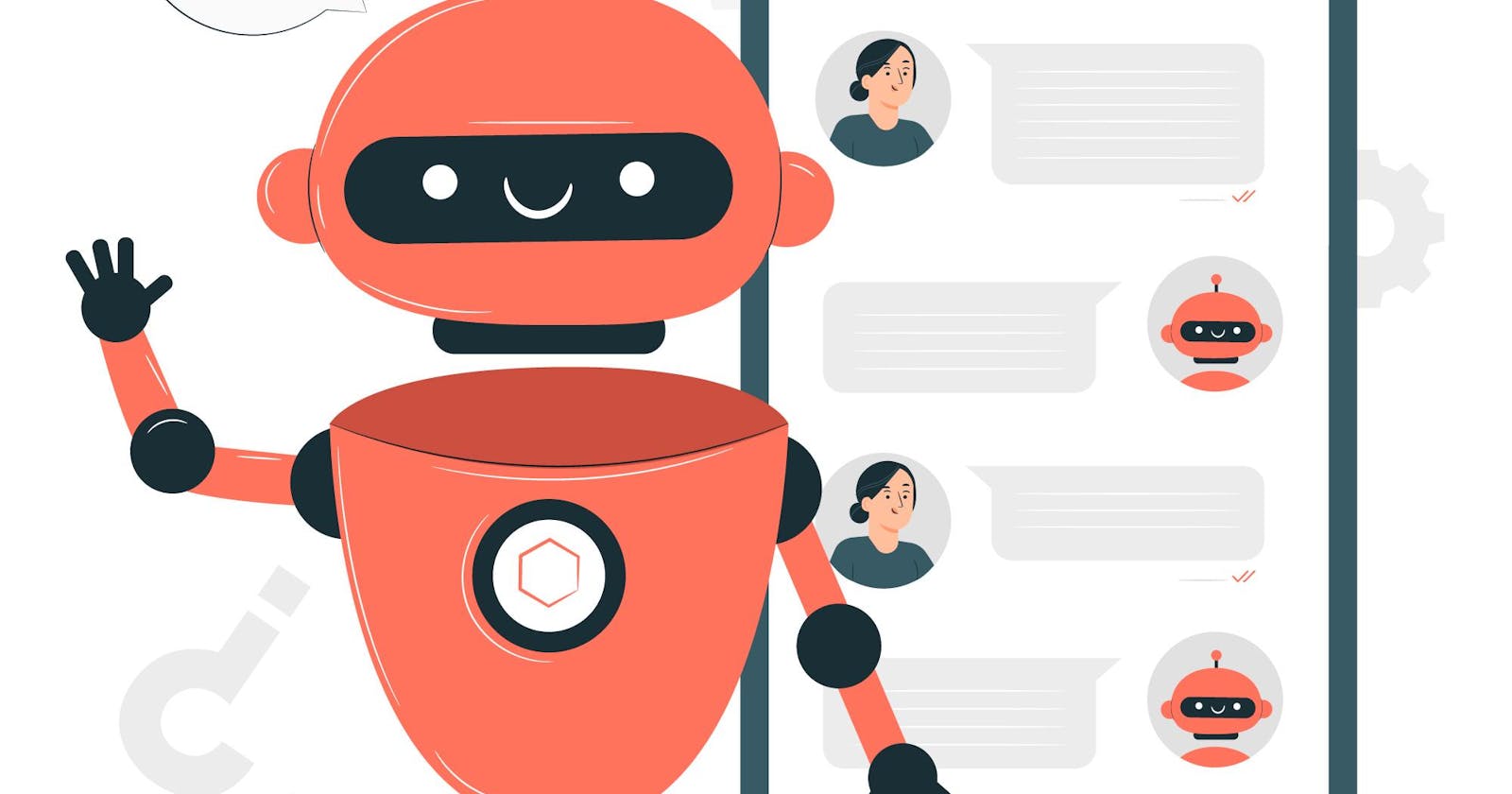Next-Gen Conversations: Designing WhatsApp Chatbots Seamlessly with Low-Code Platforms
Businesses are constantly seeking innovative ways to enhance customer engagement and streamline communication. One solution that has gained significant traction is the integration of chatbots into popular messaging platforms like WhatsApp. These intelligent bots offer a convenient and efficient way for businesses to interact with their customers in real-time. However, the traditional approach to developing chatbots often involves complex coding and technical expertise, which can be daunting for many organizations.
Enter low-code platforms – a game-changer in the world of chatbot development. Low code chatbot platforms empower businesses to design and deploy WhatsApp chatbots with minimal coding knowledge, revolutionizing the way conversational AI is implemented. Let's explore how low-code platforms, along with the concepts of no-code development and WhatsApp chatbots, are shaping the future of customer interactions.
Understanding Low-Code Chatbot Development
Low-code platforms provide a visual development environment that allows users to create applications and workflows with drag-and-drop components, significantly reducing the need for manual coding. When it comes to chatbot development, low-code platforms offer intuitive interfaces and pre-built templates that simplify the process from start to finish.
With low-code chatbot development, businesses can:
Accelerate Deployment: Low-code platforms streamline the development process, enabling businesses to deploy WhatsApp chatbots in a fraction of the time compared to traditional coding methods.
Empower Citizen Developers: By eliminating the need for extensive programming knowledge, low-code platforms empower non-technical users – or citizen developers – to take an active role in building and customizing chatbots.
Iterate and Iterate Quickly: Low-code development fosters agility, allowing businesses to iterate on their WhatsApp chatbots rapidly based on user feedback and changing requirements.
Exploring the Rise of No-Code Solutions
In addition to low-code platforms, the concept of no-code development is gaining momentum as a viable option for building WhatsApp chatbots. No-code platforms take simplicity to the next level, offering visual interfaces that require zero programming knowledge. While low-code platforms provide more flexibility and customization options, no-code solutions excel in their ease of use and accessibility.
Key benefits of no-code chatbot development include:
Accessibility: No-code platforms democratize chatbot development by making it accessible to anyone, regardless of technical background or expertise.
Rapid Prototyping: With no code chatbot tools, businesses can quickly prototype and test WhatsApp chatbot ideas without the need for extensive planning or development cycles.
Scalability: No-code solutions often come with built-in scalability features, allowing businesses to scale their WhatsApp chatbots effortlessly as demand grows.
Leveraging WhatsApp Chatbots for Enhanced Customer Engagement
WhatsApp, with its vast user base and widespread popularity, presents a prime opportunity for businesses to engage with customers on a platform they already use and trust. By integrating chatbots into WhatsApp, businesses can provide personalized support, deliver timely notifications, and even facilitate transactions – all within the familiar messaging interface.
Some key advantages of WhatsApp chatbots include:
24/7 Availability: WhatsApp chatbots can provide round-the-clock support, ensuring that customers can get assistance whenever they need it, regardless of time zone or business hours.
Conversational Experience: Chatbots on WhatsApp offer a conversational experience that mimics human interaction, making interactions feel more natural and engaging for users.
Seamless Integration: WhatsApp chatbots seamlessly integrate with existing workflows and systems, allowing businesses to leverage the platform's capabilities without disrupting their operations.
Conclusion
As businesses continue to prioritize customer engagement and efficiency, the demand for WhatsApp chatbots built with low code chatbots and no-code platforms is only expected to grow. By embracing these innovative solutions, organizations can create next-generation conversational experiences that delight customers, drive revenue, and propel their businesses into the future of messaging automation.
